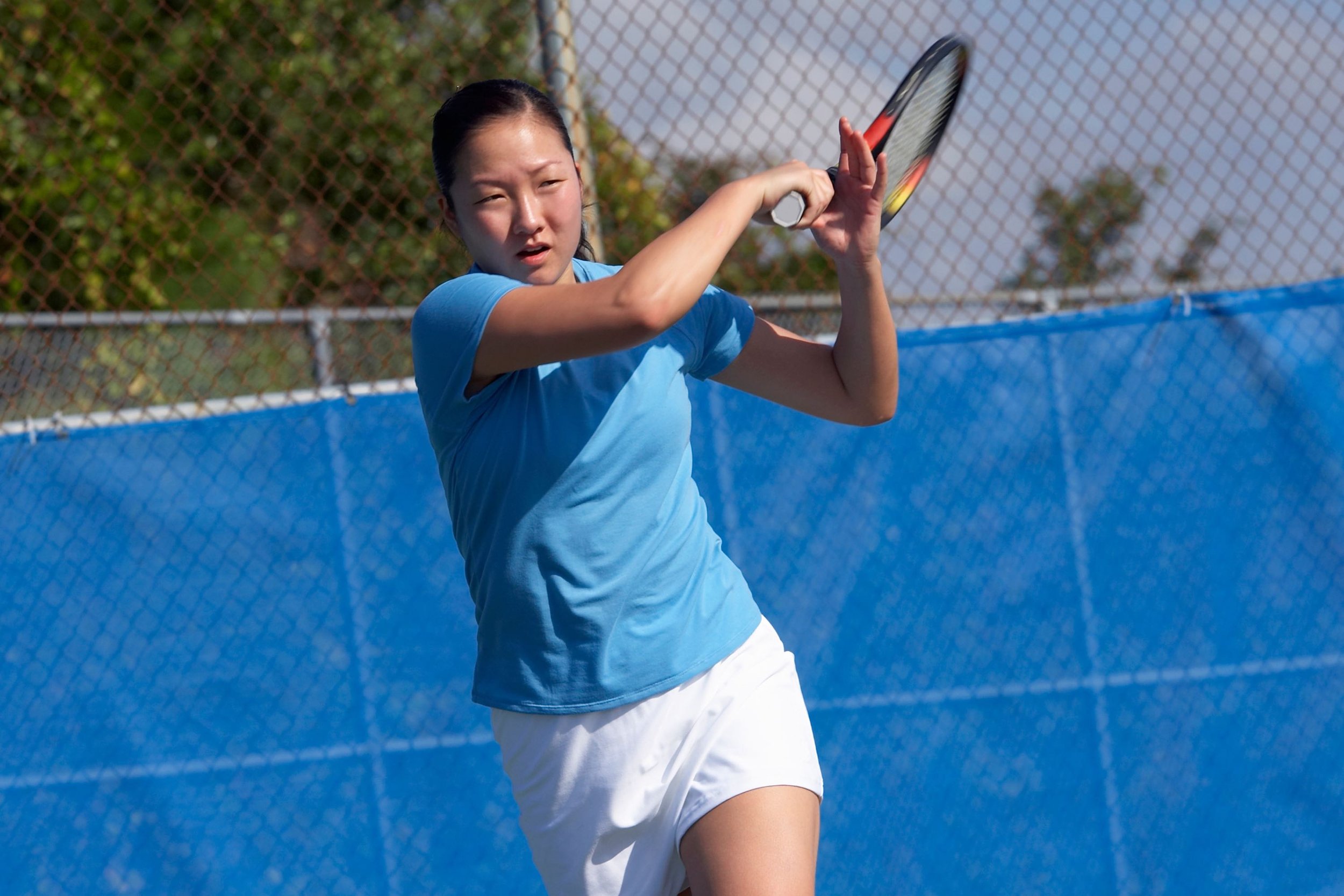One Simple “Catch” To Improve Your Tennis Forehand
Have you ever seen a tennis player catch their racket (with their non-dominant hand, called the off-hand) at the end of their follow-through? If so, you may be wondering why they do that. After all, it might look awkward and takes extra effort. But the truth is that catching your racket at the end of your forehand follow-through can help improve your form and make you a better tennis player. Let’s take a closer look at why this is.
Improves Forehand Swing Path
By catching your racket at around your shoulder height, you actually improve your swing path. Your off-hand serves as a reference point for your racket to move after contacting the ball. With this ending reference point, your racket will be guided in the follow-through motion. If beginners do not catch their rackets, they might end up with many different follow-through motions, which could lead to inconsistencies in their shots.
Develops Better Balance
Once you have developed a more consistent swing path by catching your racket at the end of your forehand swings, you will find that your balance will improve as well. By minimising erratic follow-throughs and ending your forehand strokes the same way each time, your body will get accustomed to balancing itself well.
More Topspin And Control
In order to catch your racket at shoulder height, you will find that you need to incorporate a low-to-high follow-through into your forehand stroke. This movement allows the strings of the racket to brush upwards as you hit the ball, generating topspin in the process. Topspin is important because it helps you control your balls better.
Quicker Recovery
Properly catching your racket at the end of a forehand stroke promotes a quicker recovery time between shots. Having both your hands on the racket gives your more time to react to whatever shot your opponent hits next. For example, you can easily transition to a double-handed backhand if necessary since you already have two hands on your racket.
Reduces Likelihood Of Injuries
It's essential to get into the habit of catching your racket at the end of your forehand follow-through. Doing so reduces the likelihood of injuries because it limits excessive extension of your racket hand. Your off-hand helps in stopping the momentum of the racket swing and keeps your wrist stable at the end of the shot.
It's not just the start of a shot that matters, but how you finish it too. Adding a catch to your racket at the end of your forehand follow-through can improve your technique while reducing the risk of injury. It may take some practice to get used to it, but in time it will become second nature for you.


"The Philosophical Tennis Player: Thinking Your Way To Winning" offers a unique perspective on the sport of tennis. This book provides guidance inspired by philosophy to help you rethink the game and reach your peak performance. The author breathes life into abstract philosophical concepts, transforming them into tangible strategies everyone can use to become a successful player. Readers will gain insight into the psychological aspects of tennis and recognise the timeless values that extend beyond the confines of the court.
About The Author
Darren Teo is the founder of Play! Tennis, the most Google reviewed tennis academy in Singapore. His passion for making tennis accessible to everyone regardless of their age, experience and ability continues to drive his work at the school. He is a thought leader in LinkedIn with 14,000 followers.